Tackling microfibers
One of the big questions we get asked regularly regards the washing of our products and the potential shedding of microfibers during washing. As a company intent on having a positive impact on the environment this is an issue we take very seriously.
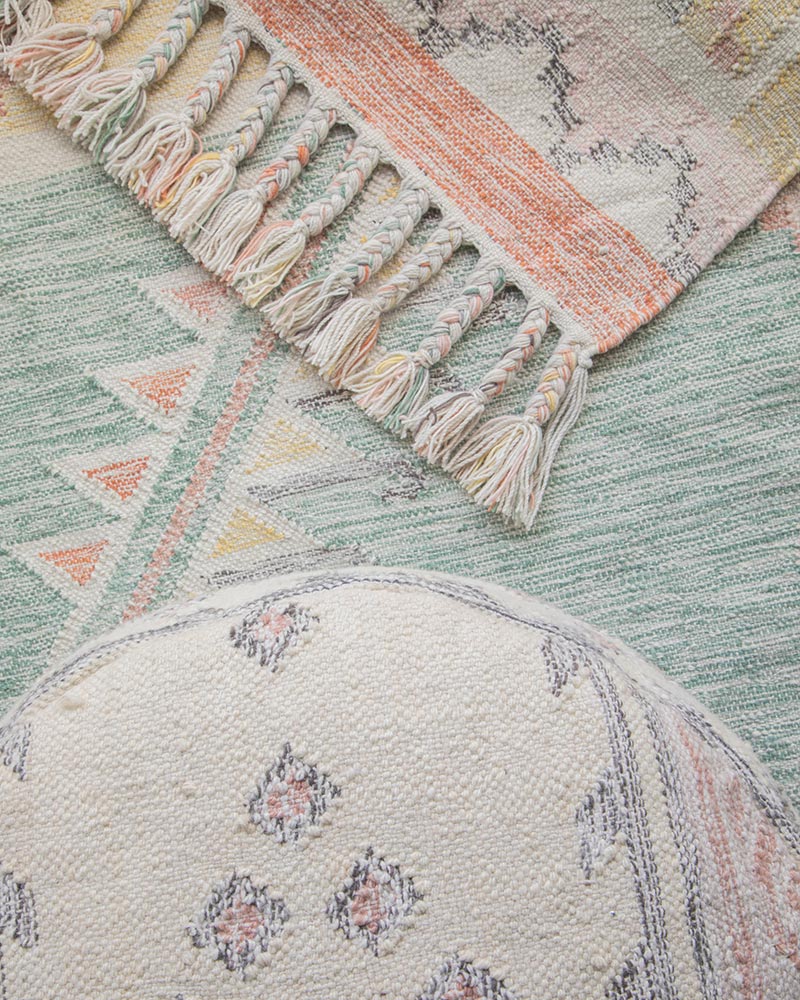
What we're doing
To limit potential microfiber shedding, we've worked hard on ensuring that all of our textiles are made from yarn that reaches the highest possible tensile stability and strength. The key to our yarn is that it's constructed from long fibers, which are less prone to shredding.
We avoid using any toxic dyes and use a closed water system in all of our yarn production. This means all of our products are washed and dyed with the same re-filtered water rather than using new water supplies and releasing unfiltered water into the sewerage system. We even heat our dye baths by burning recycled wheat and rice husks in a low emission boiler.
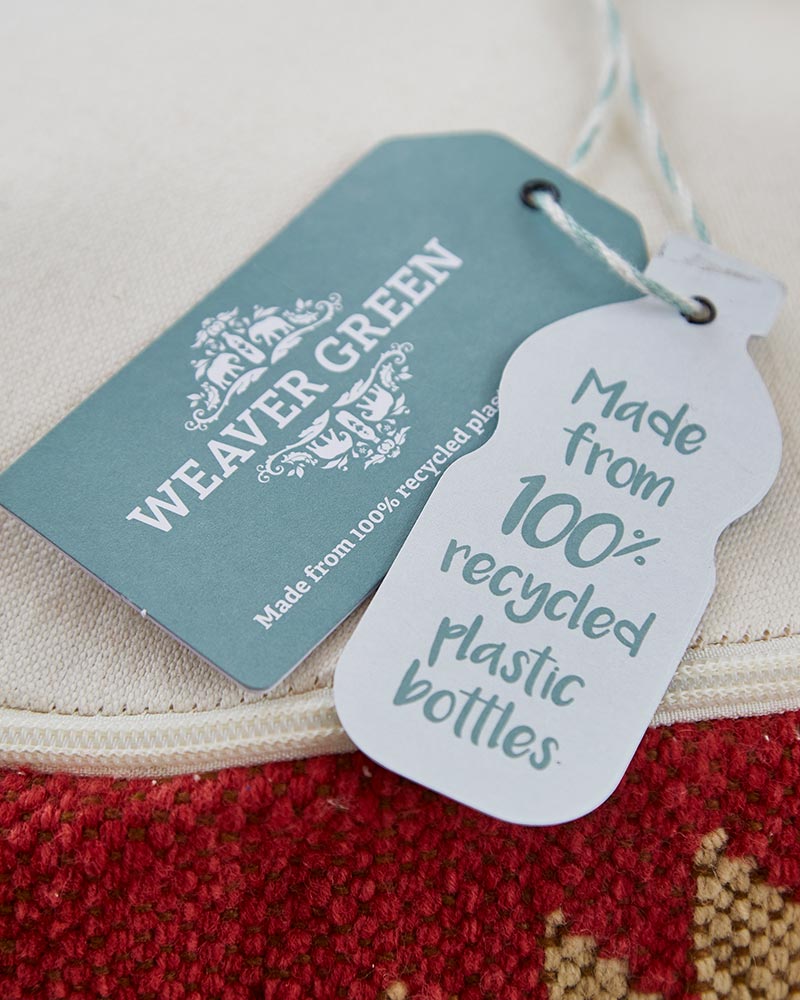
Within five years of launching the brand we had already recycled roughly 200 million plastic bottles, 40% of which had been recovered from waterways destined for the ocean. On that basis alone, we believe that the overall impact of our work is positive.
In reality, unlike clothing, our products gets washed very infrequently, it's just nice to know they can be machine washed should the need arise. Most of the time, a simple wipe down in the garden will suffice. By combining our best practice laundry tips below with a microfiber filter or Cora Washing Ball, we can all help reduce the number of microfibers that are flushed down the drain.
We work with both Jo Ruxton of Plastic Oceans UK and have featured as part of the plastic solution in Greenpeace Head of Oceans, Will McCallums’, book ‘How to give up Plastic’.
How to minimise microfiber shedding at home
Along with being more mindful about the quality and contents of the products we buy, there are a number of other ways in which we can all minimize the impact we have on this particular part of the plastic problem. When it comes to washing Weaver Green products, generally a surface wash will be sufficient. However, when it's time to machine wash one of our products, or any other polyester or synthetic material, the following tips and suggestions should be applied.
-
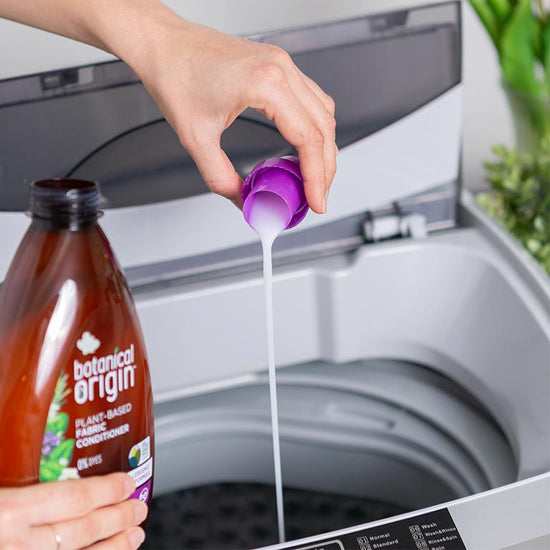
Use a liquid detergent
Powder granules rub against materials making fibers breakaway.
-
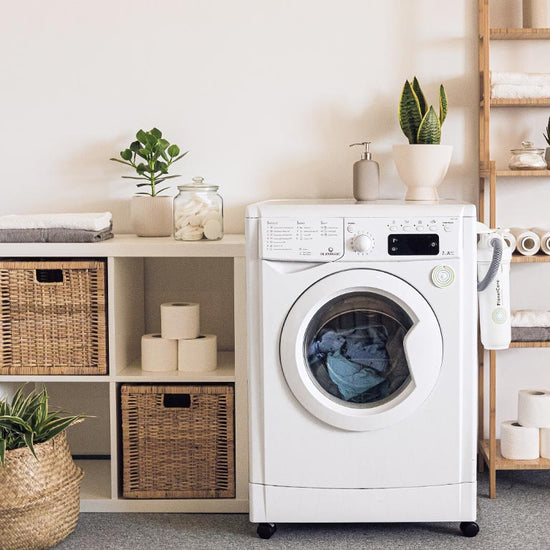
Wash synthetics on colder cycle
Higher temperatures result in more shedding.
-
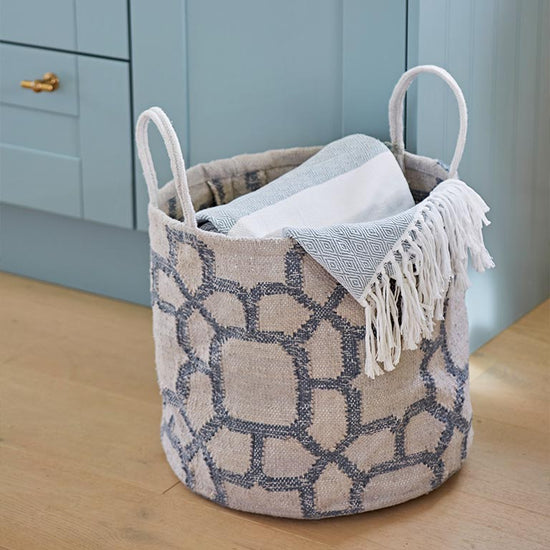
Run full loads
A full wash reduces movement and friction, causing less shedding.
-

Use shorter cycles
Less time in the machine means less rubbing and less fibers.
-
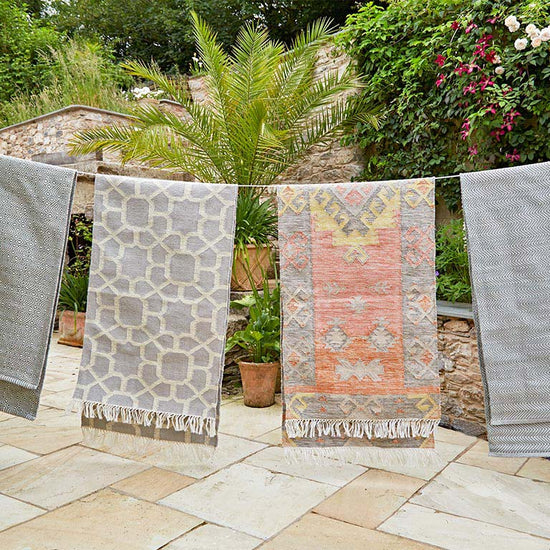
Hang, don't spin
Intense spin cycles cause lots of fibers to break loose.
-
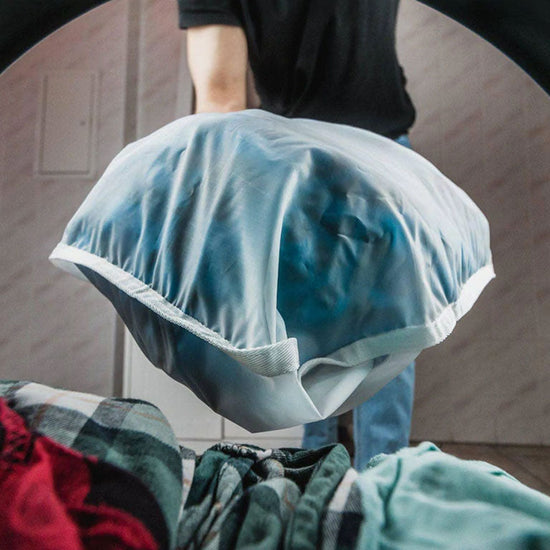
Use a microfiber filter or bag
Microfiber washing bags can reduce microfiber pollution by up to 86%.
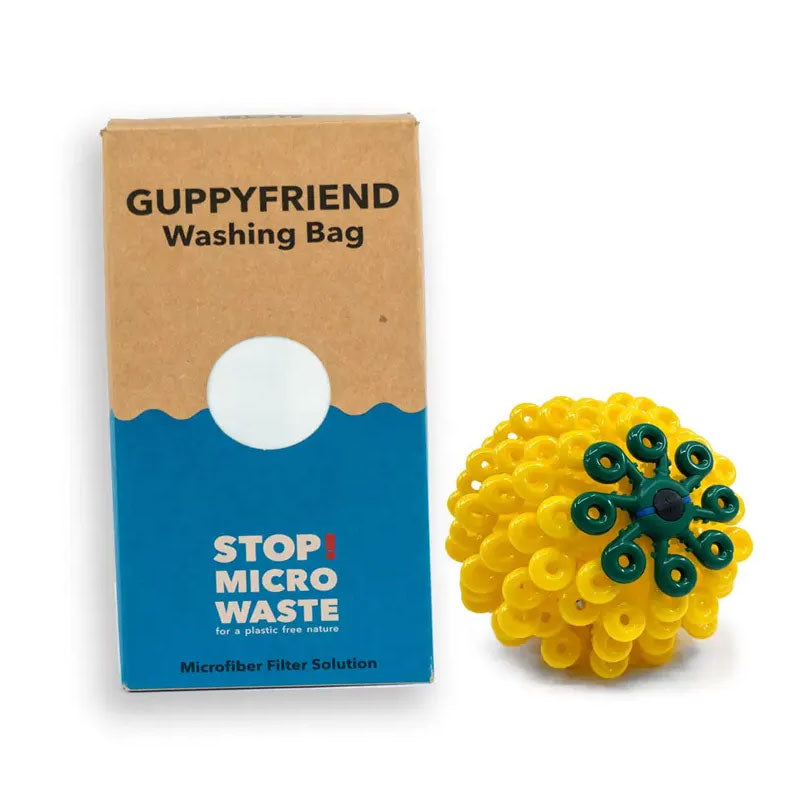
Filters and accessories
As awareness of microfiber shedding grows, a number of very effective ways of minimizing the amount of microfibers that find their way into the waste water systems have been developed. Two of our favorites are the Cora Washing Ball and the GUPPYFRIEND Washing Bag.
Inspired by the way coral filters the ocean, Cora Balls swoosh around a washing machine, gathering up microfibers up into a 'fuzz' that can easily be removed. Similarly, the GUPPYFRIEND Washing Bag prevents microfibers entering the water supply by collecting the fibers in a self-cleaning micro-filter bag which protects your washing at the same time.
How we make our yarn
Learn more about the process of turning old plastic bottles into beautiful soft wool-like yarn that can be woven into hard-wearing, practical rugs and textiles.









